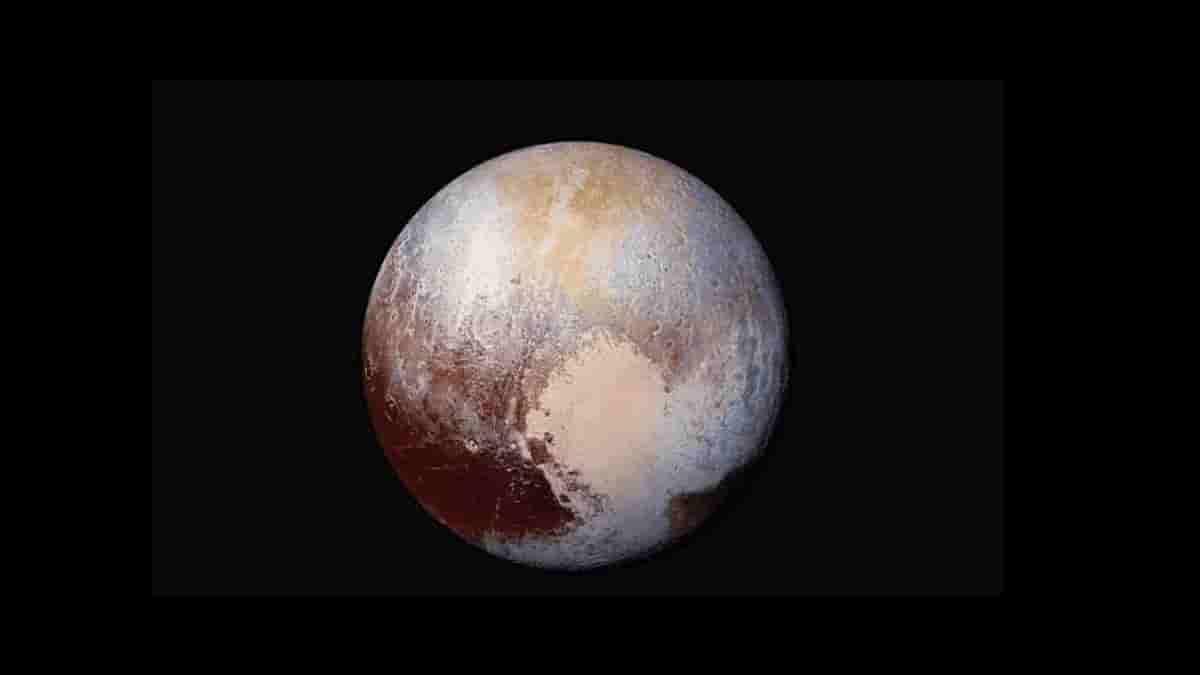Why was Pluto disregarded as a Planet?

We all remember Pluto. Don’t we? Some of us are from the era when our science text books used to state that there are 9 planets in our social system. Pluto was discredited as a planet in the year 2006. Since then scientists considers the Pluto as a dwarf planet. The term planet is not foreign to anyone. One gets familiar with the term from their initial school days. So it might be surprising at times that a term so common ends up being the product of in-depth analysis and controversy in regards to its definition. So what constitutes a planet?
In the year 2006, the meeting of the IAU’s General Assembly saw a resolution being passed which laid down the definition of a planet. According to the resolution, a celestial body inside the Solar System is considered a Solar System (a) if it orbits around the sun, (b) possesses sufficient mass for its self-gravity to overcome rigid body forces so that it is able to assume a hydrostatic equilibrium (nearly round) and (c) has cleared the neighbourhood around its orbit. Celestial bodies which fulfills this criteria is considered as planets. Celestial bodies, which fulfill the first two criteria and not the third criteria, is termed as a dwarf planet.
Pluto is considered as a dwarf planet. Let us have a look at what makes pluto a dwarf planet and what led to the once considered planet to be considered as a dwarf planet.
IAU defines a dwarf planet as a celestial body, which directly orbits the Sun, while being massive enough and one whose shape is controlled by gravitational forces instead of mechanical forces. They are ellipsoid in shape and does not clear its neighbouring region of other objects.
Pluto, which is considered as a dwarf planet failed to fulfill IAU’s third criteria to be termed as a planet. You might be wondering what clearing the orbit means. It refers to a situation when a planet becomes gravitationally dominant. To further explain it, it would mean that such a planet doesn’t have any other bodies of comparable sizes than its own satellites or those otherwise under its gravitational influence, amidst its vicinity in the space.
Pluto shares its orbital neighbourhood with celestial bodies or objects along with the objects in the Kuiper belt. Plutinos are some such objects.
Pluto’s discovery takes us back to the year 1930. On February 18, 1930, Clyde W. Tombaugh discovered Pluto along with contributions by William H. Pickering. During this time, planet hunting was a much carried out event, Pickering was a specialist in this matter.
Search for a possible ninth planet, termed as ‘Planet X’, started around 1894 by researchers. Though astronomers Percival Lowell and H.Pickering carried out a lot of hunt for this possible planet. Lowell founded the Lowell Observatory, which managed to capture two faint images of the body, now known as Pluto in the year 1915. However, he was unaware about this and died in the year 1916.
Finally, in the year 1929, the search for Planet X resumed when Cylde Tombaugh took up the job to hunt the ninth planet. He was 23 year old when he arrived in the Lowell Observatory. After a year of searching, he discovered possible moving object on photographic plates in the month of January, 1930. The date was February 18, and thus after a year of searching, Clyde discovered the present day dwarf planet, ‘Pluto’.


